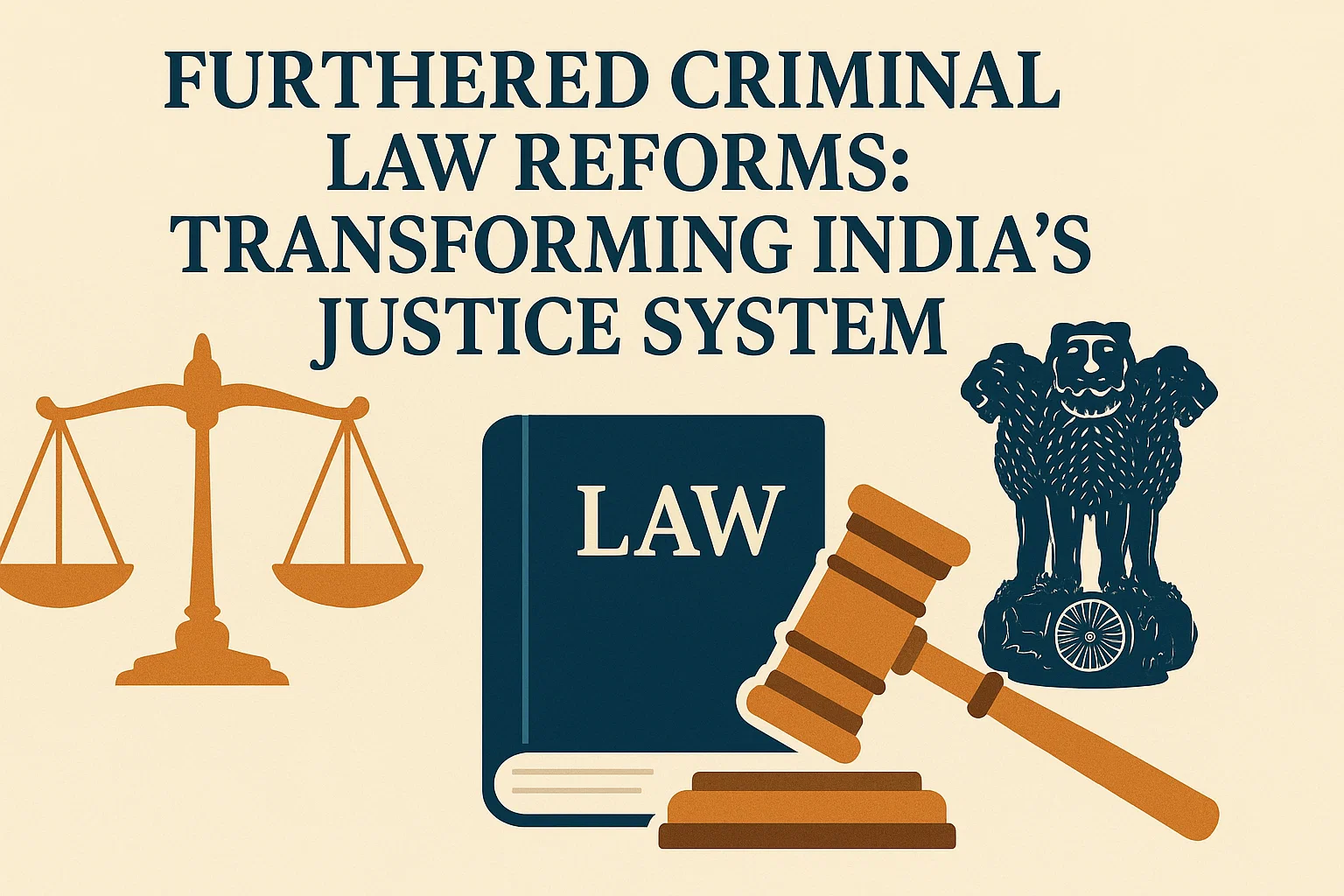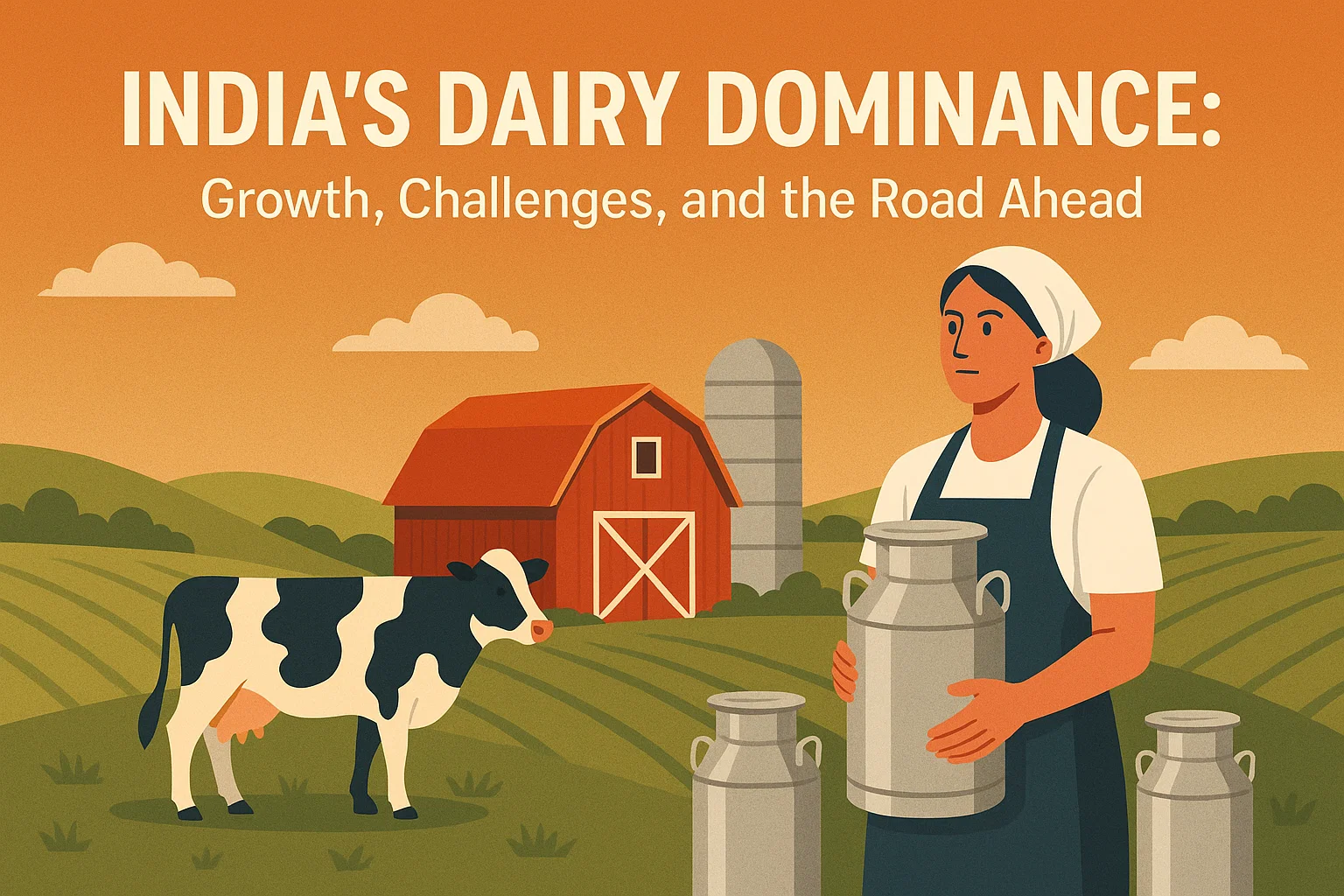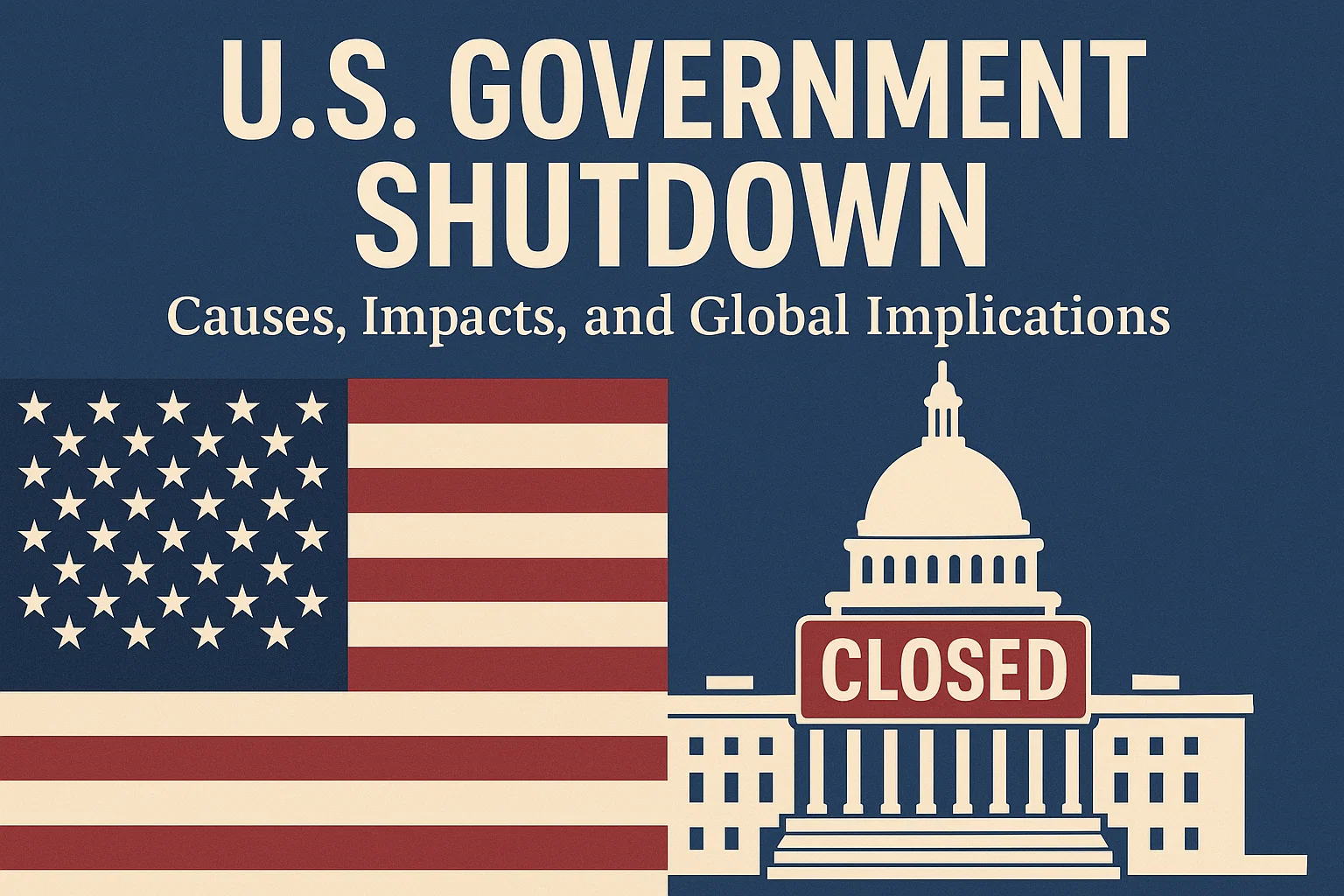Font size:
Print
Wildfires
Huge wildfire in southern France now under control
Context: France’s southern Aude department has witnessed its most devastating wildfire in decades, claiming one life, injuring thirteen, and scorching over 17,000 hectares of land.
What is a wildfire?
- A wildfire is an uncontrolled fire that burns in areas of wildland vegetation, such as forests, grasslands, savannas, or brushlands.
- These fires can ignite naturally—often due to lightning strikes—or be caused by human activity, such as unattended campfires, discarded cigarettes, or deliberate arson.
- Wildfires differ from controlled burns in their unpredictability and destructive potential. Once ignited, they can spread at alarming speeds, especially under favorable conditions.
What are the suitable conditions for wildfire?
- High Temperatures: Heat waves, like the one currently gripping Spain and southern France, dry out vegetation and make ignition easier.
- Low Humidity: Dry air accelerates the drying of fuels (grass, leaves, wood), making them more flammable.
- Strong Winds: Wind fans flames and carries embers over long distances, allowing fires to leap across roads and rivers.
- Dry Vegetation (Fuel): Dead leaves, dry grass, and shrubs act as fuel. Drought conditions exacerbate this by reducing moisture in plants and soil.
- Climate Change Connection: Rising global temperatures and shifting rainfall patterns are lengthening fire seasons. More frequent droughts and heatwaves increase the risk of large-scale wildfires.
In the Aude department, strong winds and dry conditions allowed the fire to spread at a rate of 1,000 hectares per hour at its peak.
What are the consequences of wildfire?
Wildfires can have devastating consequences across environmental, economic, health, and social dimensions. While some ecosystems benefit from occasional fires, the negative impacts—especially from large, uncontrolled wildfires—are profound and far-reaching.
- Environmental Consequences: Fires destroy habitats, killing animals, birds, insects, and plants. Many species struggle to recover or relocate. Smoke releases toxic gases and fine particles (PM2.5), while ash and debris contaminate water bodies. Vegetation loss exposes soil to wind and water erosion, degrading land and increasing flood risk.
- Economic Impact: Crops and livestock are often destroyed, causing severe financial setbacks for farmers. Homes, infrastructure, and businesses in fire-prone areas can be wiped out. Governments spend heavily on suppression and post-fire recovery efforts.
- Health Effects: Smoke inhalation causes breathing problems, asthma flare-ups, and lung infections. Evacuations, loss of property, and trauma from fire events lead to anxiety, depression, and PTSD. Chronic exposure to wildfire smoke is linked to heart, brain, and kidney diseases.
- Cultural and Social Losses: Fires can damage archaeological remains and cultural landmarks. Entire towns may be evacuated or permanently abandoned. Fires can interrupt power, water, transportation, and communication networks.
What measures need to be taken to curb the instances of wildfire?
- Forest Management Practices:
-
- Controlled Burns: Also known as prescribed fires, these reduce the buildup of dry vegetation (fuel) and prevent larger, uncontrolled wildfires.
- Thinning Overcrowded Forests: Removing excess trees and underbrush lowers fire intensity.
- Promoting Native Vegetation: Native plants are often more fire-resistant and better adapted to local climates.
- Removing Invasive Species: These often dry out quickly and burn more easily.
- Community Engagement & Education: Educating people about fire safety, especially in fire-prone areas. Empowering communities to respond quickly to small fires. Teaching children about fire prevention and safety.
- Technology & Monitoring: Satellite Surveillance (Real-time monitoring of fire-prone zones), Early Warning Systems (Alerts based on weather and vegetation conditions), Drones and Sensors (Used for detecting hotspots and assessing fire spread).
- Policy & Governance: Strategic coordination between agencies and governments. Investment in firefighting infrastructure and research. Enforce bans on open fires during dry seasons and penalise negligent behaviour.
- Climate Adaptation: Reducing greenhouse gas emissions to mitigate extreme weather patterns. Avoiding construction in high-risk wildland–urban interfaces.


